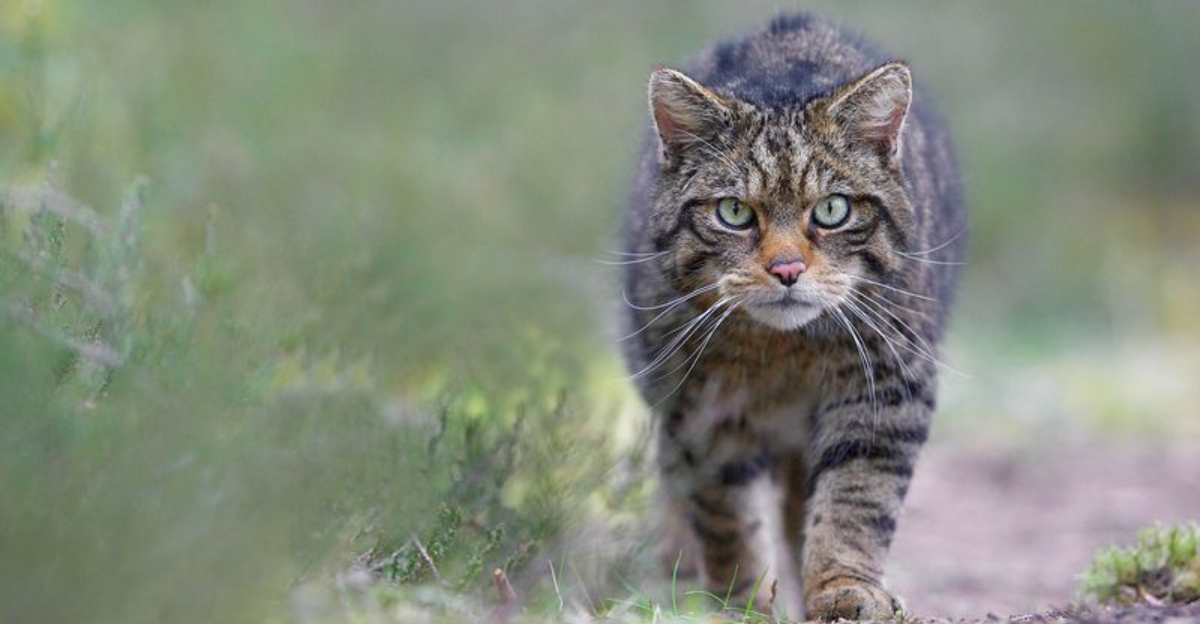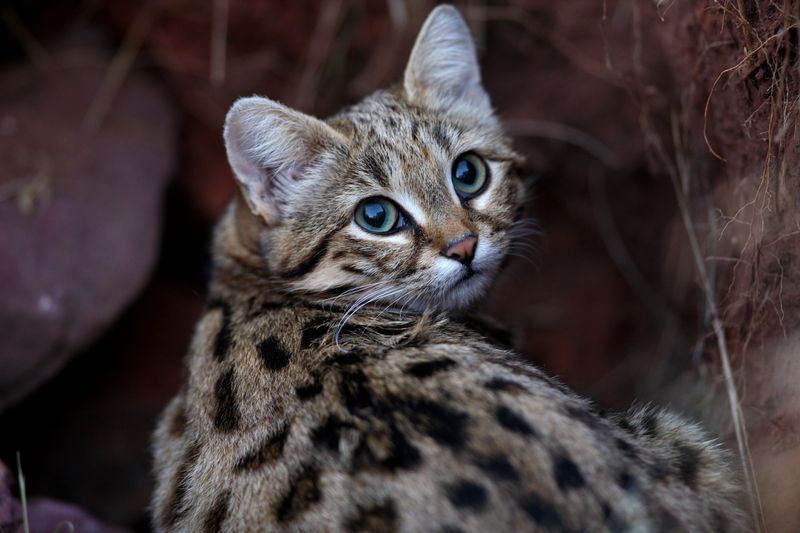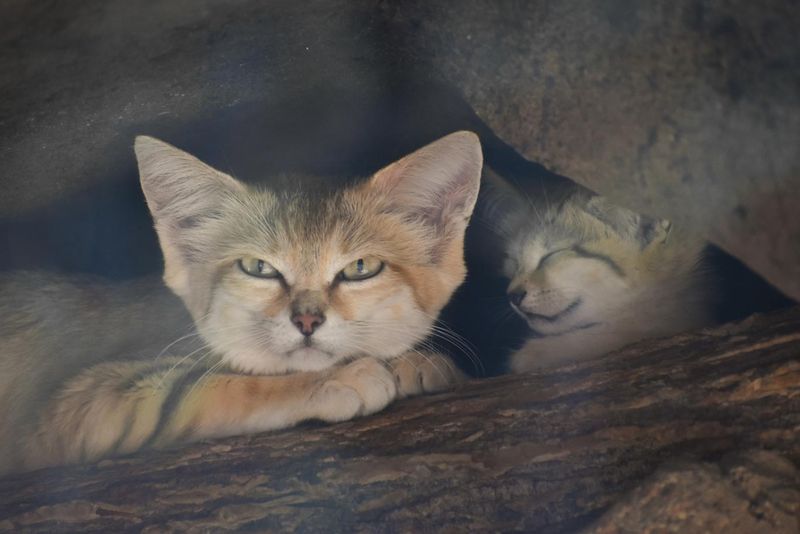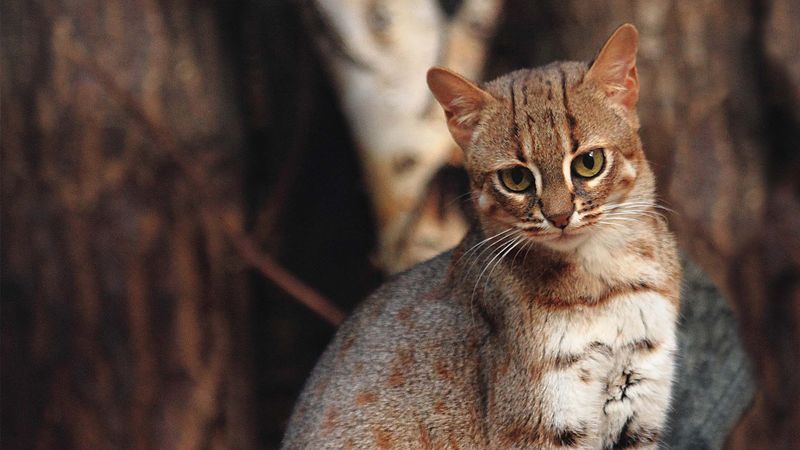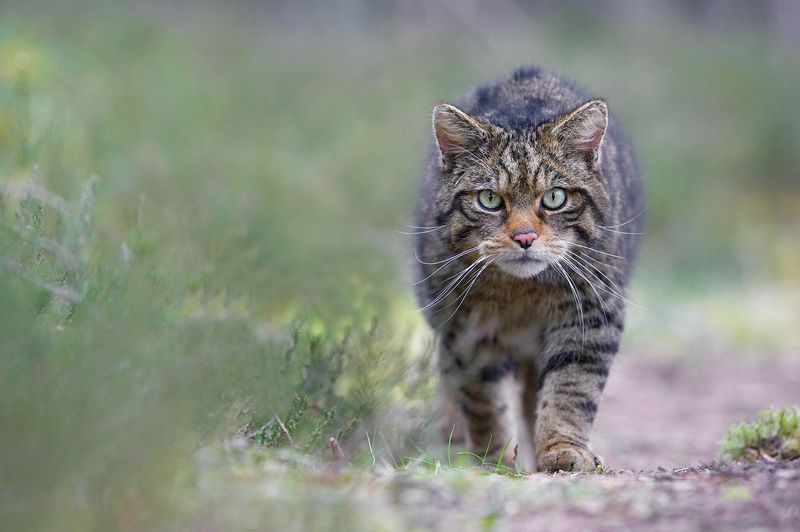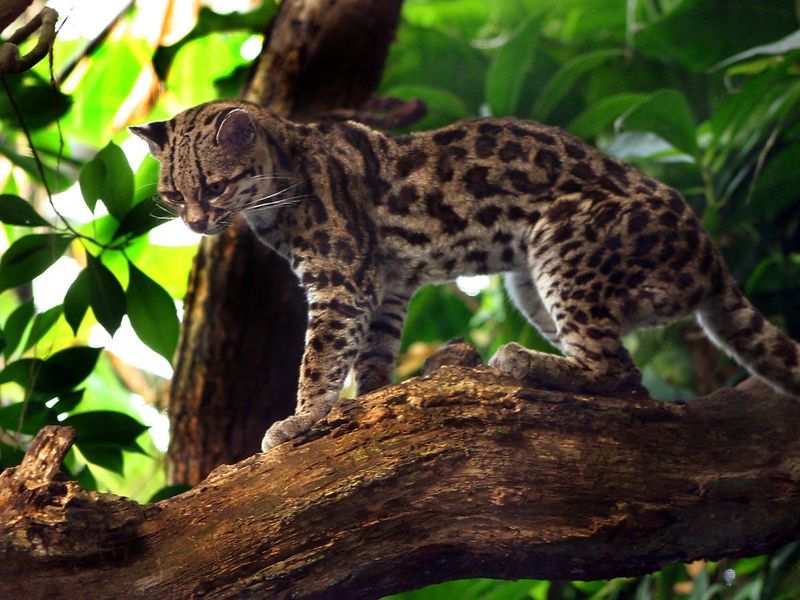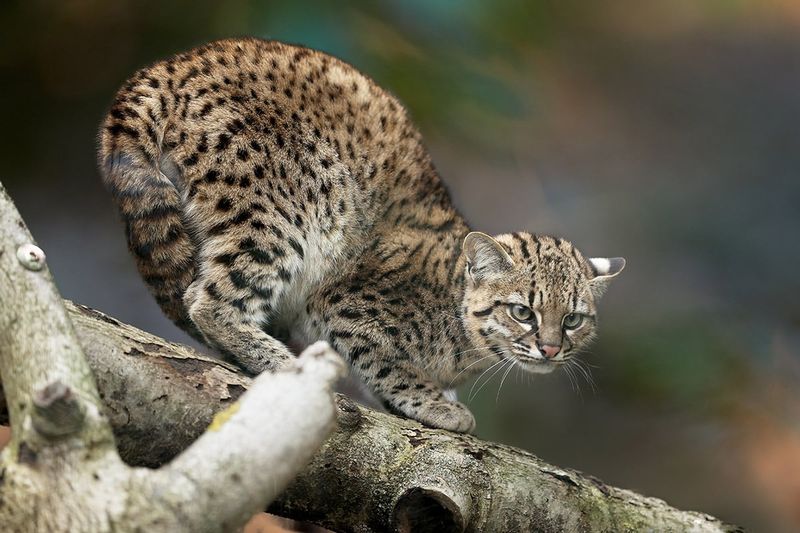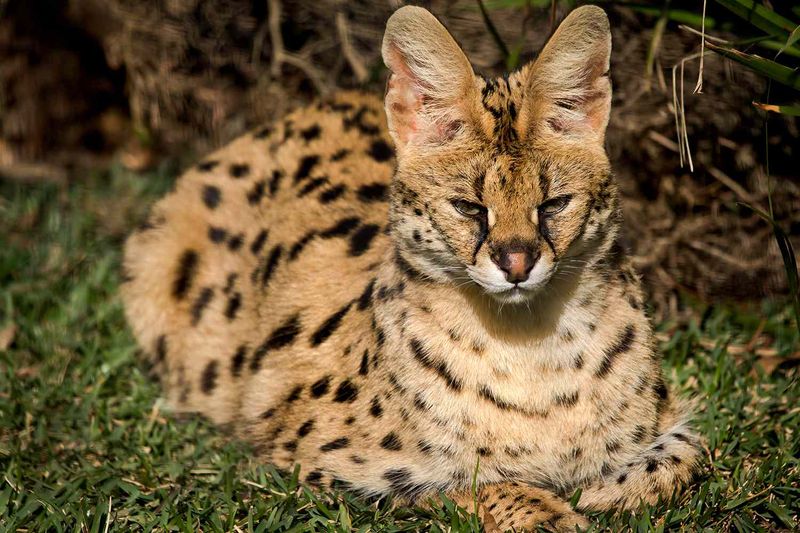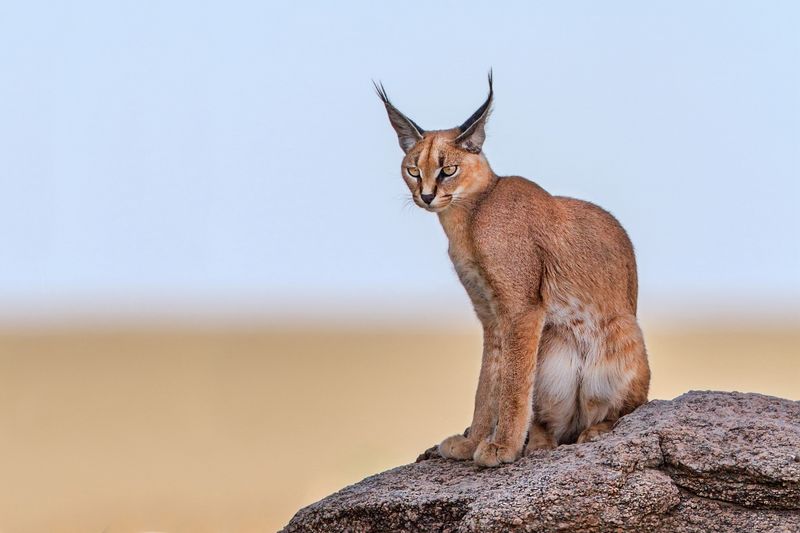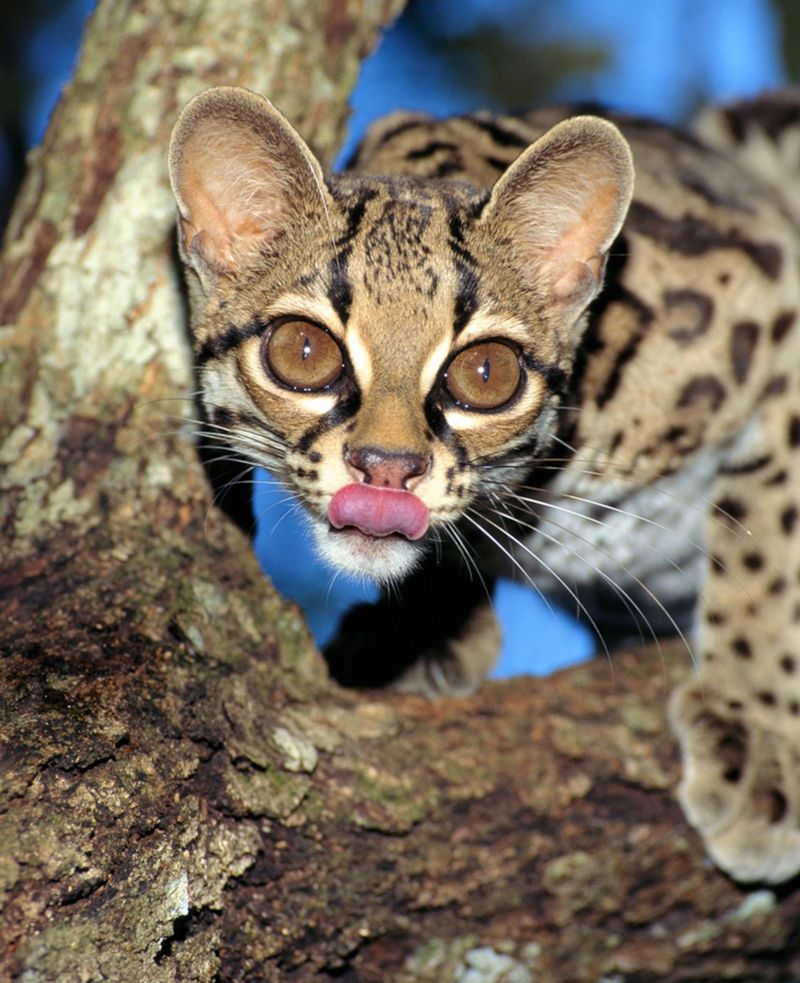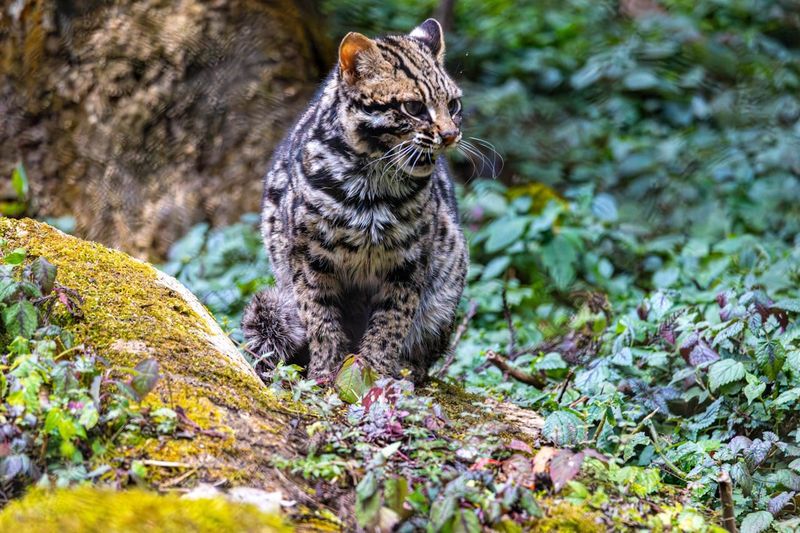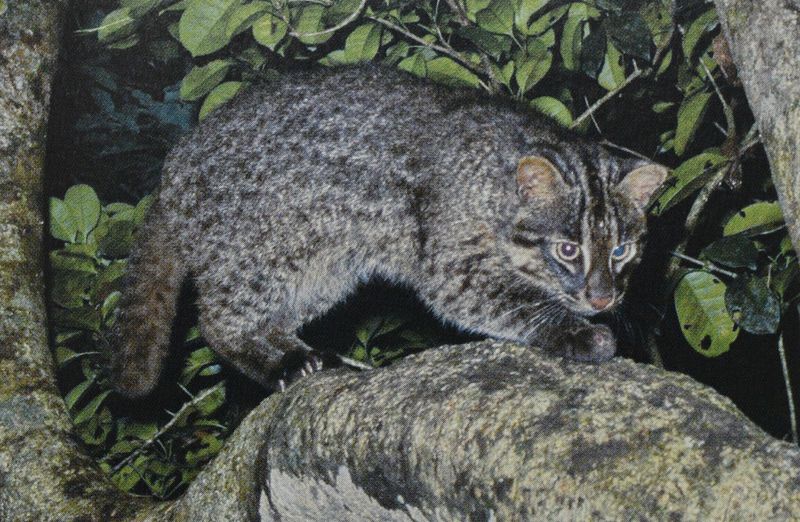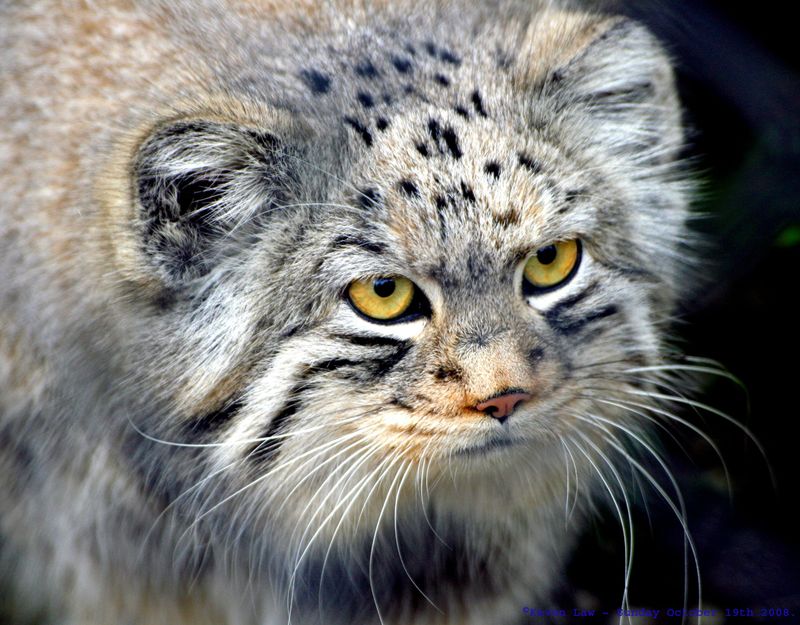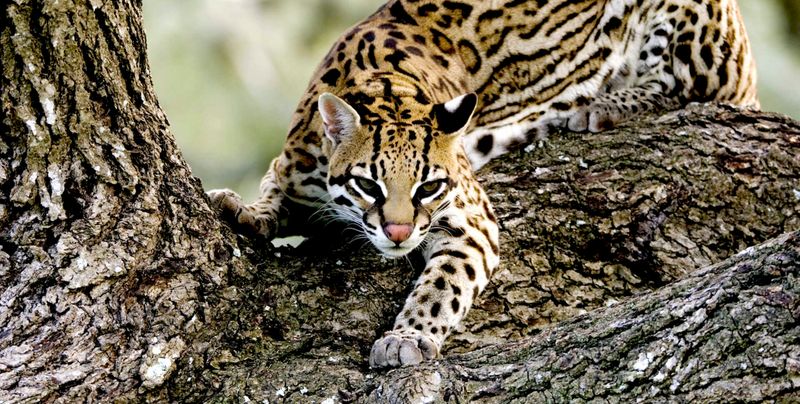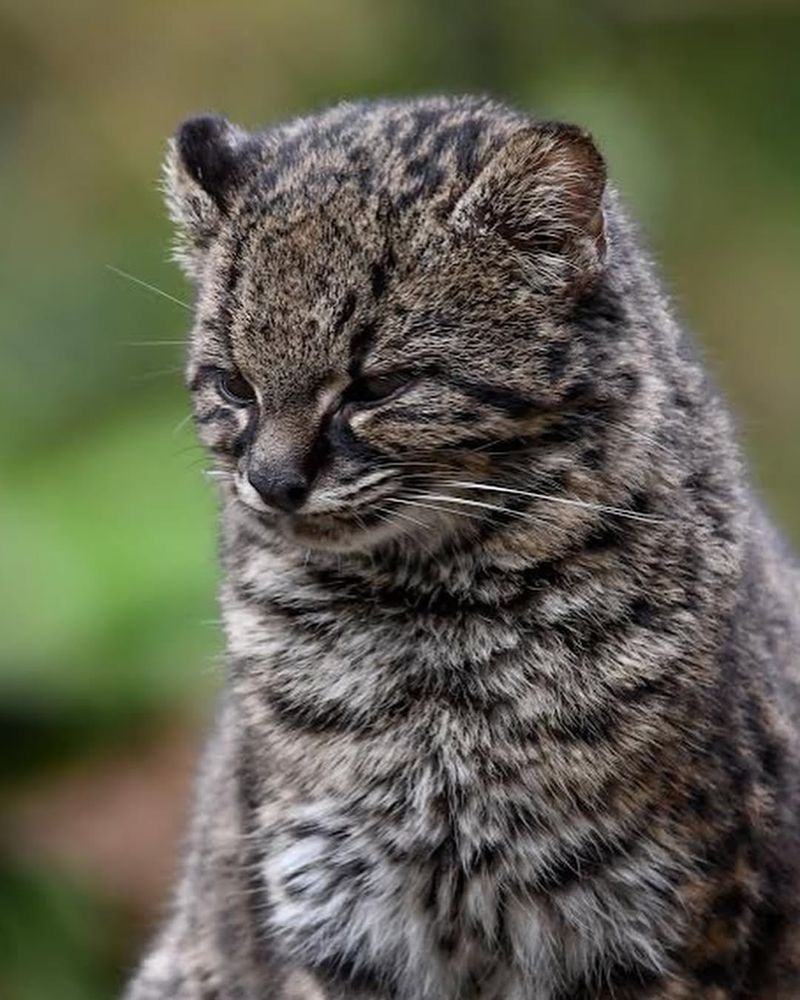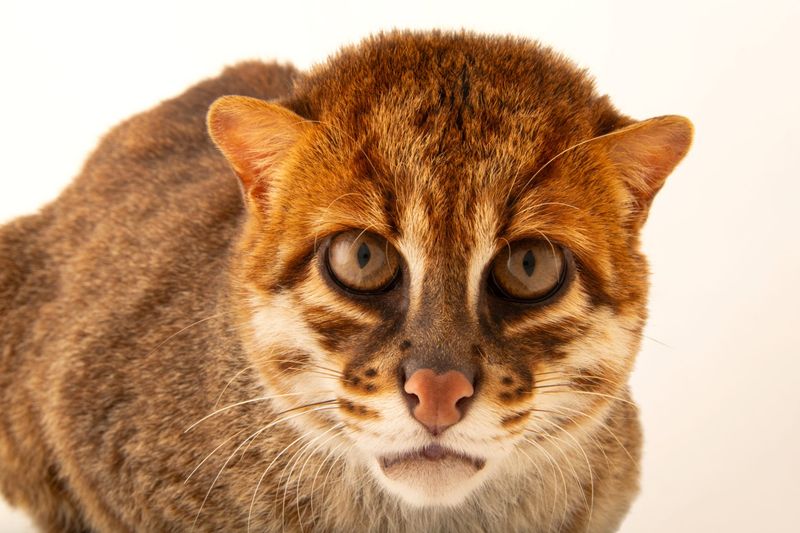📖 Table of Content:
Lions and tigers often steal the spotlight when it comes to big cats, but there are small felines that are equally formidable in the wild. Despite their size, these cats exhibit incredible hunting instincts and remarkable survival skills. Their ability to adapt to different environments makes them some of the most effective predators in the animal kingdom.
What these small cats lack in size, they more than make up for with agility, speed, and sharp hunting techniques. They have evolved to thrive in various habitats, from deserts to jungles, and are capable of taking down prey much larger than themselves. These cats possess unique characteristics that enable them to hunt and survive in the harshest conditions.
Though often overshadowed by their larger cousins, these small felines are fierce and capable of impressive feats of strength and agility. Each species on this list has adapted to its environment in fascinating ways, making them masters of their domains. Their strength, stealth, and cunning make them some of the deadliest cats in nature.
1. Black-Footed Cat
The black-footed cat is a pint-sized predator native to the arid regions of southern Africa. Despite its small stature, it is a formidable hunter. This cat is known for its impressive hunting success rate, catching its prey almost every two to three attempts.
Its black feet help it blend into its sandy environment, allowing for stealthy movements. Its diet mainly consists of small mammals and birds, which it expertly stalks at night. This nocturnal lifestyle keeps it safe from larger predators. Intriguingly, it’s one of the least social cat species, often leading a solitary life.
2. Sand Cat
Living in the harsh desert climates of North Africa and the Middle East, the sand cat has adapted remarkably to its environment. Its unique features, including large ears and a flat head, help with both heat regulation and keen hearing. This small predator hunts after dark, targeting rodents, birds, and reptiles in a true display of adaptability.
Its sand-colored coat offers perfect camouflage, blending seamlessly with its surroundings. These cats dig burrows to escape the heat, demonstrating their survival prowess in one of the most unforgiving habitats on Earth.
3. Rusty-Spotted Cat
Found in the forests of India and Sri Lanka, the rusty-spotted cat is among the smallest wild cats in the world. Its agility and hunting prowess make it a formidable predator despite its size. With a coat adorned with rusty spots, it is perfectly camouflaged as it hunts rodents and birds using its exceptional speed and senses.
This nocturnal cat is adept at climbing, often found perched on trees scouting for prey. Its solitary nature is typical, with minimal interaction beyond the breeding season, a testament to its independent spirit.
4. European Wildcat
Roaming the temperate forests of Europe, the European wildcat looks like a large tabby cat but carries a wild spirit. Its thick, protective fur is ideal for surviving in various climates, and it hunts small mammals such as rodents with stealth and precision.
Despite being solitary, it plays a crucial role in controlling rodent populations in its habitat. Its elusive nature makes it a rare sight, contributing to its mystique. Preservation efforts are ongoing to protect its dwindling population from habitat loss and hybridization.
5. Margay
An acrobat of the Amazon rainforest, the margay thrives among the trees with its long tail and flexible ankles. This nocturnal predator is adept at hunting small mammals, birds, and reptiles, using its speed and agility to capture prey. Its spotted coat blends perfectly with the dappled light of the forest, offering excellent camouflage.
Unlike most cats, it can rotate its ankles, a unique adaptation that aids in climbing. This solitary feline often remains hidden, relying on its environment for protection and sustenance.
6. Geoffroy’s Cat
Geoffroy’s cat prowls the diverse landscapes of South America, from grasslands to forests. Its small, robust frame is covered in spots and stripes, aiding in camouflage. This nocturnal predator is adept at hunting various prey, including birds, rodents, and small reptiles. Its varied diet highlights its adaptability to different environments.
Typically solitary, Geoffroy’s cat marks its territory with scent markings. Despite its size, it is a fierce and resourceful hunter, maintaining balance in its ecosystem. Conservation efforts focus on mitigating habitat destruction and poaching threats.
7. Serval
With its long legs and oversized ears, the serval is a striking figure in the African savannah. This unique physical build helps it spot prey above the tall grasses. Its powerful leaps allow it to catch birds in mid-air, and it hunts a variety of prey, including rodents, birds, and frogs.
Its large ears contribute to its acute hearing, essential for detecting prey. Solitary by nature, the serval plays a vital role in its ecosystem by controlling pest populations. Conservation efforts aim to preserve its habitat from human encroachment.
8. Caracal
Easily recognizable by its tufted ears, the caracal is a master of the savannah and dry woodland areas of Africa and the Middle East. Its sleek build allows for agile movements, and it is known for its incredible jumping ability, capable of catching birds mid-air. The caracal primarily preys on rodents, birds, and small mammals.
A solitary hunter, it relies on stealth and surprise to capture prey. Its adaptability and prowess make it a formidable predator, playing an essential role in maintaining the ecological balance of its habitat.
9. Jungle Cat
Native to the wetlands and grasslands of Asia, the jungle cat is a versatile and skilled hunter. Its tawny coat blends seamlessly with its environment, offering excellent camouflage.
Primarily active at dawn and dusk, it preys on rodents, birds, and reptiles. Its long limbs aid in navigating through dense vegetation, highlighting its adaptability. Jungle cats are solitary creatures, marking territories with scent markings. Their prowess in hunting makes them integral to controlling pest populations. Conservation efforts focus on habitat preservation and mitigating human-wildlife conflict.
10. Fishing Cat
The Fishing cat is a unique semi-aquatic feline found near rivers and wetlands in Southeast Asia. Its partially webbed feet make it an adept swimmer. Specialized for its aquatic lifestyle, it primarily hunts fish and crustaceans, often diving into the water to catch prey. This fishing prowess sets it apart from most other cats.
Despite being elusive, it plays a critical role in its ecosystem by maintaining fish populations. Fishing cats face threats from habitat destruction and pollution, prompting conservation efforts to protect these fascinating hunters.
11. Iriomote Cat
Exclusive to Japan’s Iriomote Island, The Iriomote cat is a rare and critically endangered feline. Its spotted coat blends into the subtropical forest environment. This nocturnal hunter preys on small mammals, birds, and reptiles, using its keen senses and stealth to survive. Its adaptability to the island’s diverse ecosystems is remarkable.
Efforts to protect the Iriomote cat focus on conserving its habitat and mitigating threats from human activities. Its elusive nature and critical status make it a symbol of the island’s unique biodiversity.
12. Pallas’s Cat
Found in the rocky steppes of Central Asia, Pallas’s cat has evolved to thrive in extreme conditions. Its thick, fluffy coat keeps it warm in cold climates, and its flat face adds to its striking appearance. As a solitary hunter, it relies on its camouflage to sneak up on small mammals and birds.
Despite its resilience, Pallas’s cat faces threats from habitat fragmentation and hunting. Conservation efforts are crucial to ensure the survival of this fascinating species, highlighting the need for protecting remote and fragile ecosystems.
13. Ocelot
With its striking coat of spots and stripes, the ocelot inhabits the tropical forests of South America. Its appearance is both beautiful and functional, providing camouflage in dense vegetation. This nocturnal predator is highly skilled, hunting small mammals, birds, and reptiles with precision. Its solitary nature ensures minimal competition for resources.
While adaptable, the ocelot faces threats from habitat loss and poaching. Conservation programs aim to protect its natural habitat and raise awareness of its ecological importance in maintaining biodiversity.
14. Kodkod
The smallest wild cat in the Americas, the kodkod inhabits the temperate forests of Chile and Argentina. Its small, stocky build and spotted coat make it a master of camouflage.
A nocturnal hunter, it preys on small mammals, birds, and insects, demonstrating versatility in its diet. Its elusive nature keeps it hidden from predators and human activity. Conservation efforts focus on preserving its forest habitat and mitigating threats from deforestation. The kodkod’s role in maintaining ecological balance underscores the importance of conservation.
15. Flat-Headed Cat
The flat-headed cat is an enigmatic small feline found near wetlands in Southeast Asia. Its distinctive flat head and elongated body aid in its semi-aquatic lifestyle. Primarily hunting fish and small aquatic creatures, it excels at catching prey in shallow waters. This ability highlights its specialization in aquatic environments.
Despite being a proficient hunter, the flat-headed cat is threatened by habitat degradation and pollution. Conservation efforts are vital to protect this unique species and the delicate ecosystems it inhabits, emphasizing the need for sustainable environmental practices.
